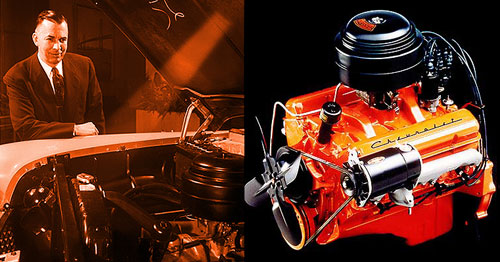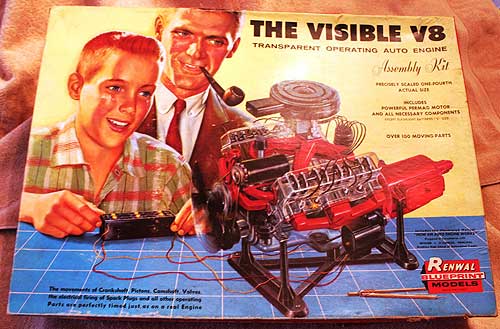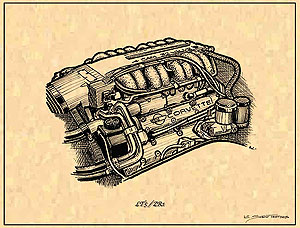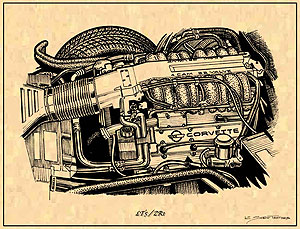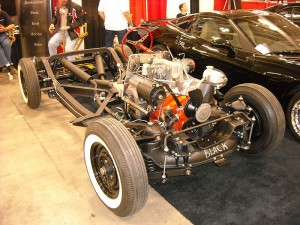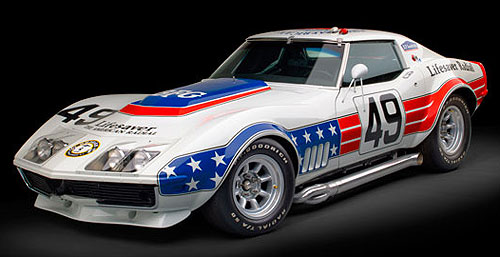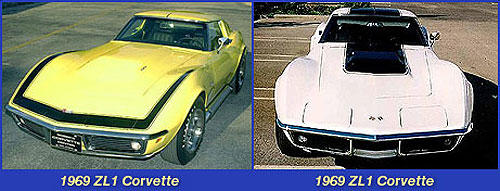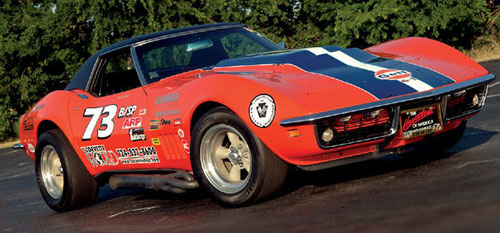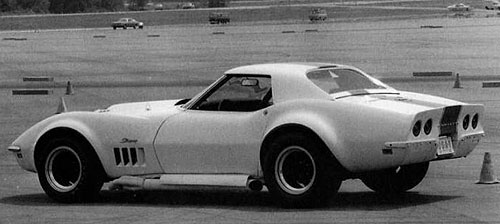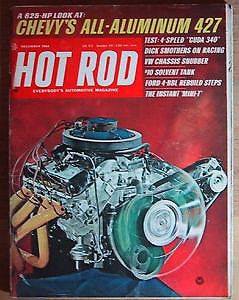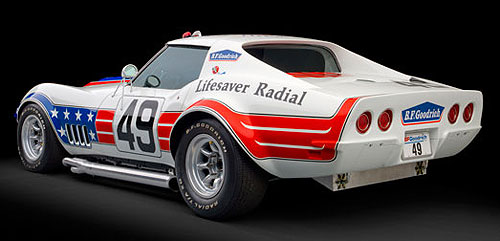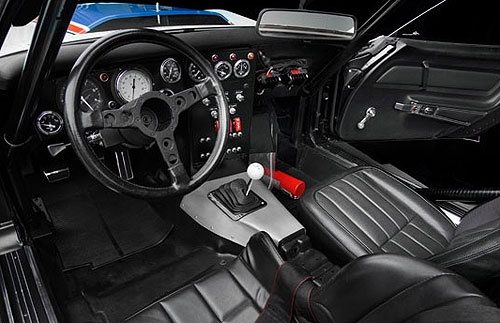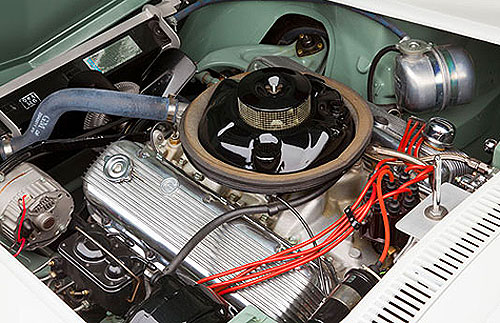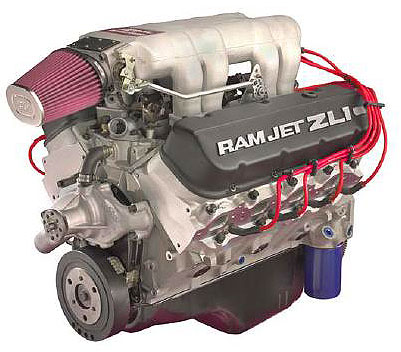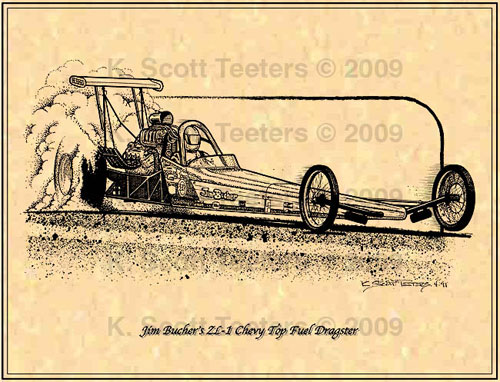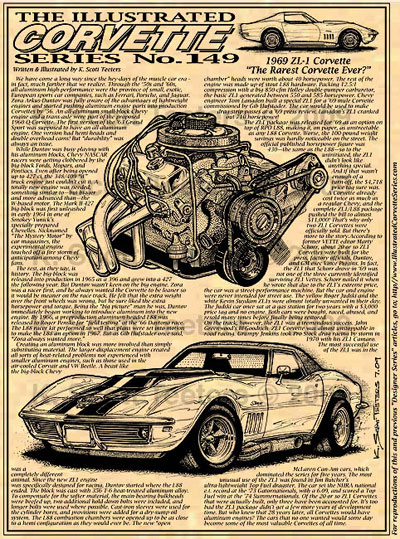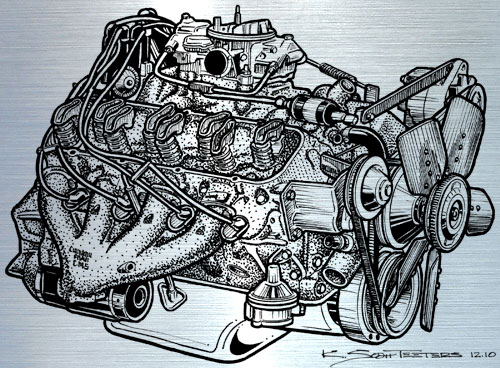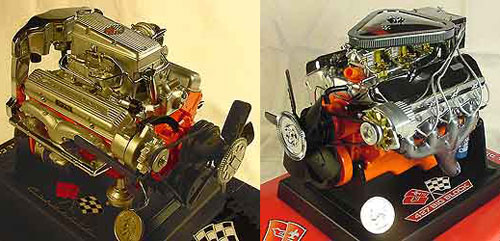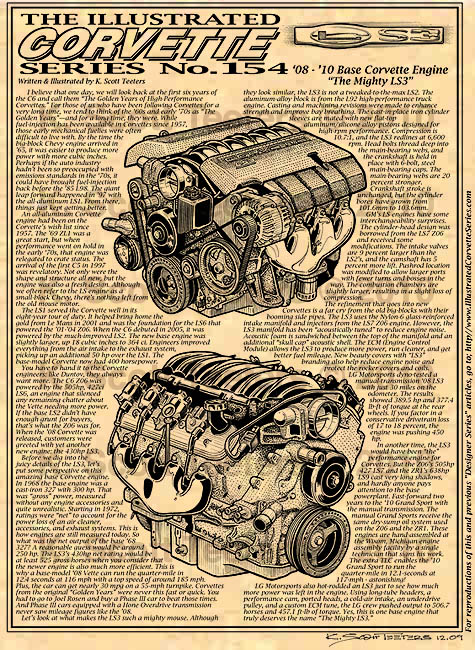Dateline: 9.9.11
STEP RIGHT UP and see the AMAZING Z06 engine assemble itself in virtual reality!!! AND see the Monster-Motor LS9 built in just 2-minutes and 13-seconds!!!
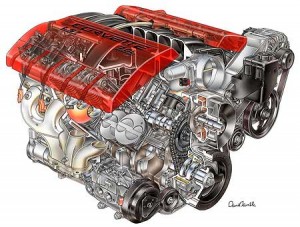
If you’ve been following us here at CorvetteReport.com you will have noticed that WE LIKE ENGINES here. Being a muscle car, sports car, and drag racing historian, I’m well versed on the great engines of the past. It took a long time for aluminum to work its way into American performance engines. All the way back in 1957 Zora Arkus-Duntov was proposing an all-aluminum engine for the Corvette. It just seemed like an excruciatingly slow process. We got aluminum intake manifolds, water pumps, bell housings, and transmission cases by the early ‘60s, aluminum heads from ‘67 to ‘69, and one minimal attempt at an all-aluminum big-block in ‘69 with the 427 ZL-1. While the ZL-1 was available as a separate purchase for a long time, we had to wait until ‘97 for the arrival of the all-aluminum LS1. Since then, we have been treated to the LS6, LS2, LS7, LS3, and the 638-HP monster LS9.
Machined steel is cool, but there’s something unique about machined aluminum. The LS7 animation is quirky-cool. Not only does the engine float in a blue sky, the crankshaft and entire assembly is animated as the parts come together on their own, the entire engine horizontally rotates. It’s very cool.
The second video is a speeded up assembly of a real LS9 engine at the GM Performance Build Center, in Wixom, Michigan. The new Corvette Engine Build Experience option lets ZR1 and Z06 buyers watch and help build their own engine. How cool is that?! The video is kind of an “over the shoulder” view of the experience – but, REALLY FAST! Continue reading “Vette Videos: Virtual LS7 Engine Build & High-Speed ZR1 Build”

